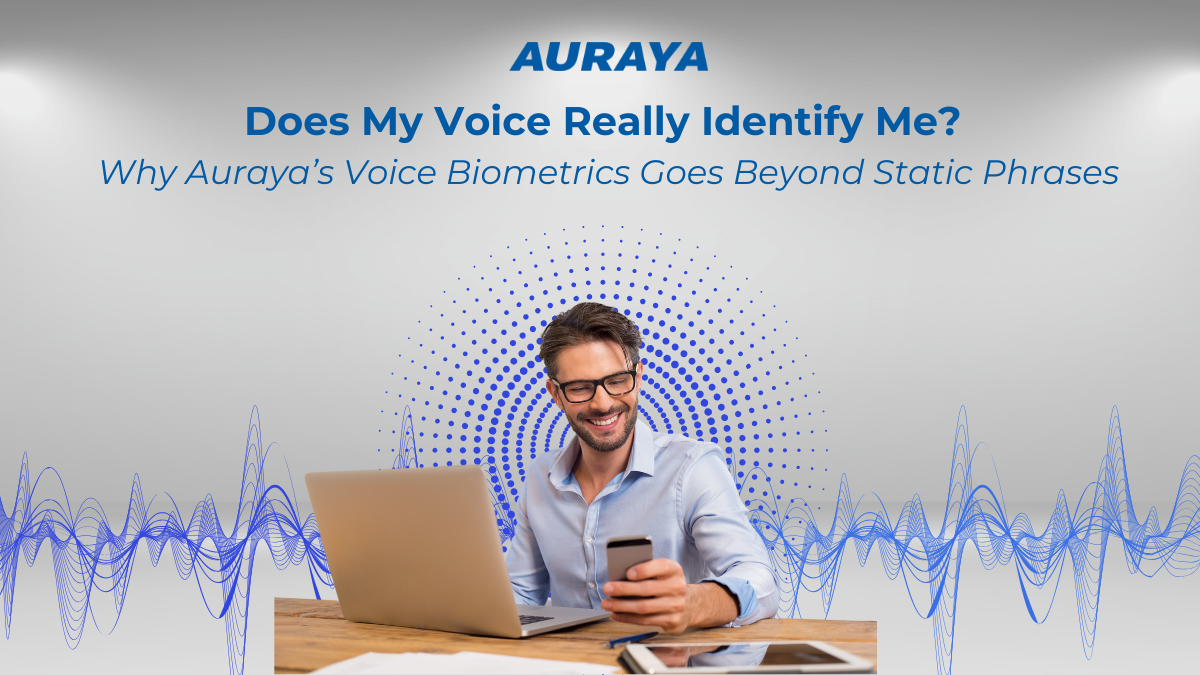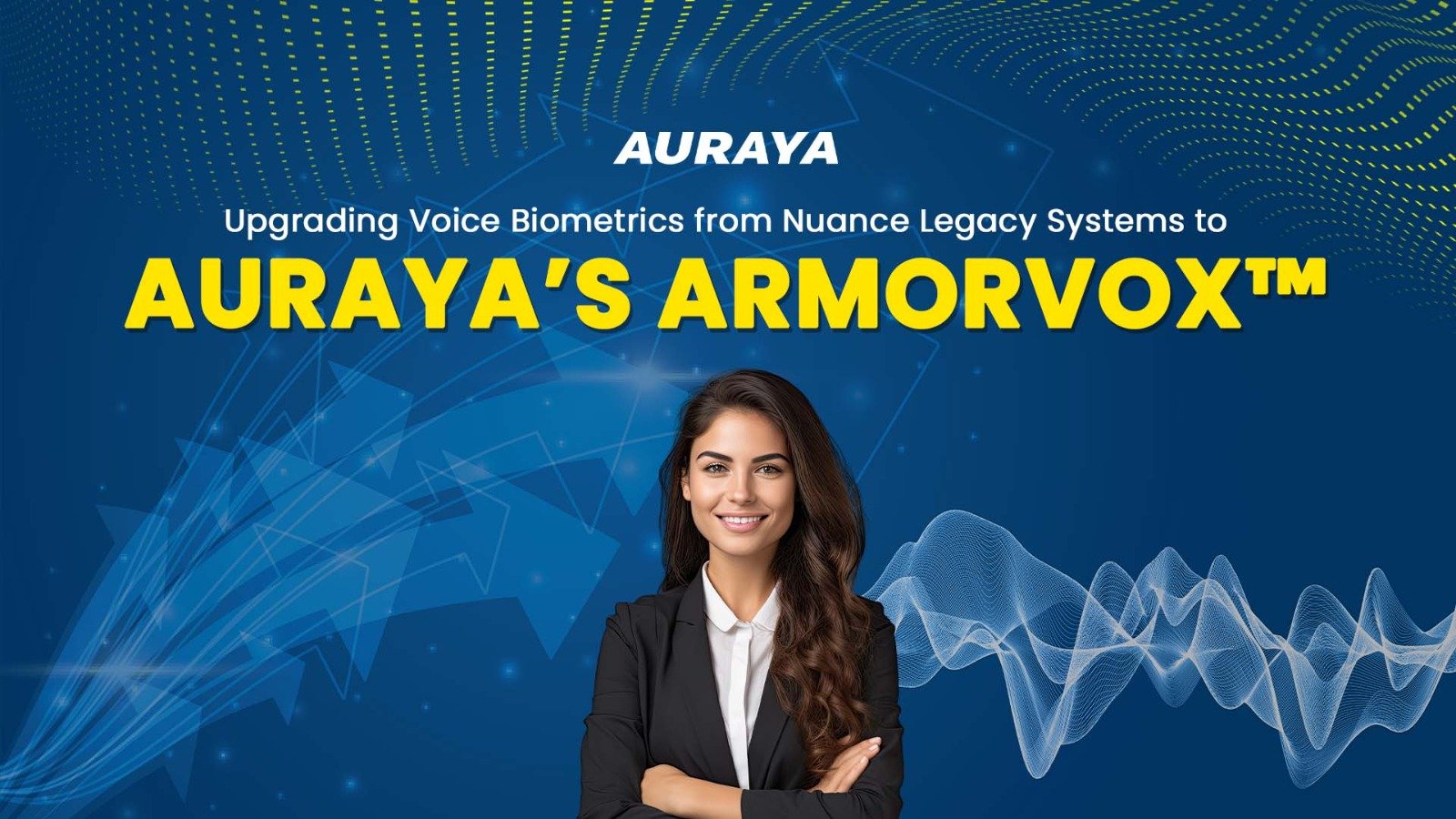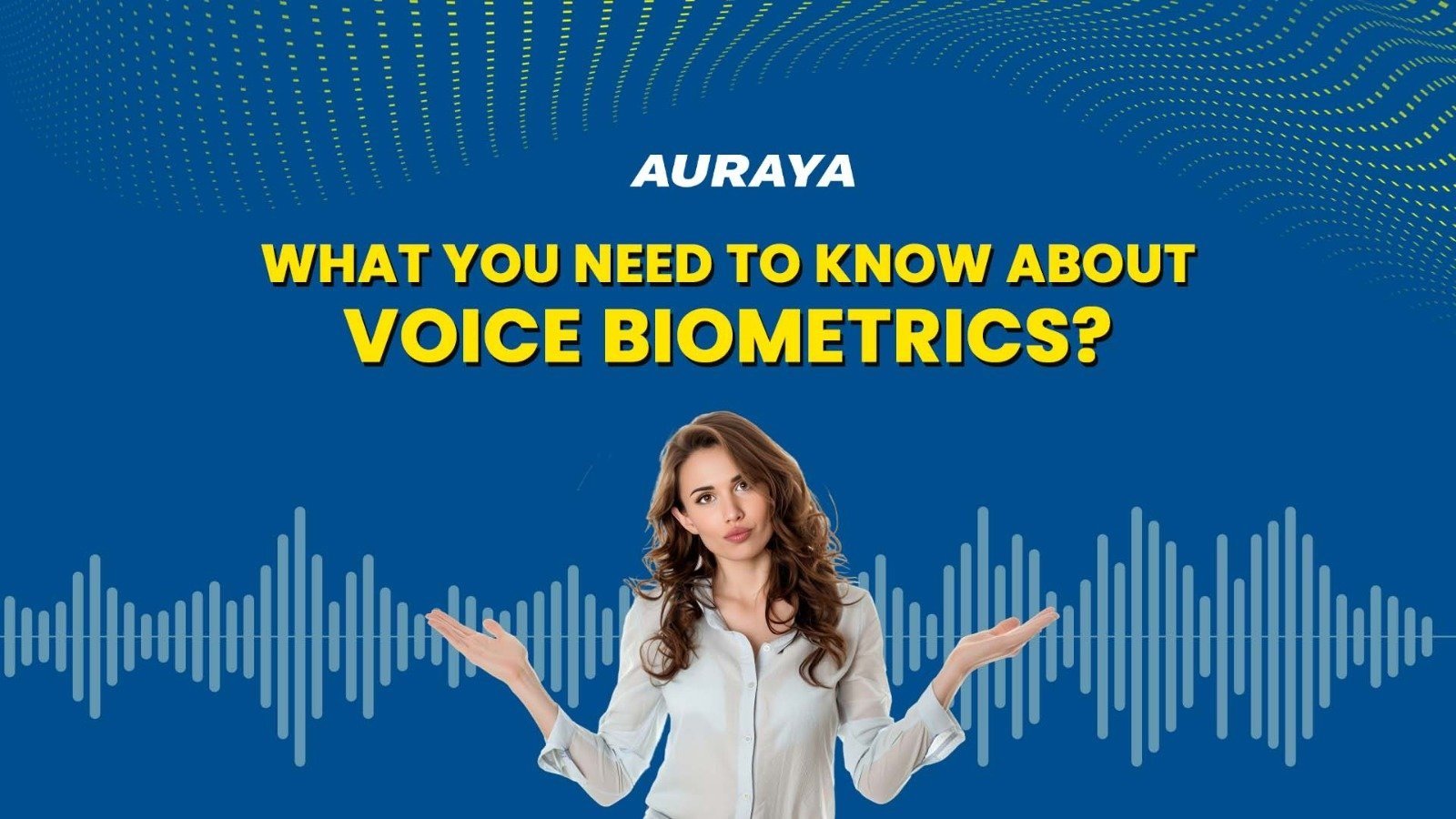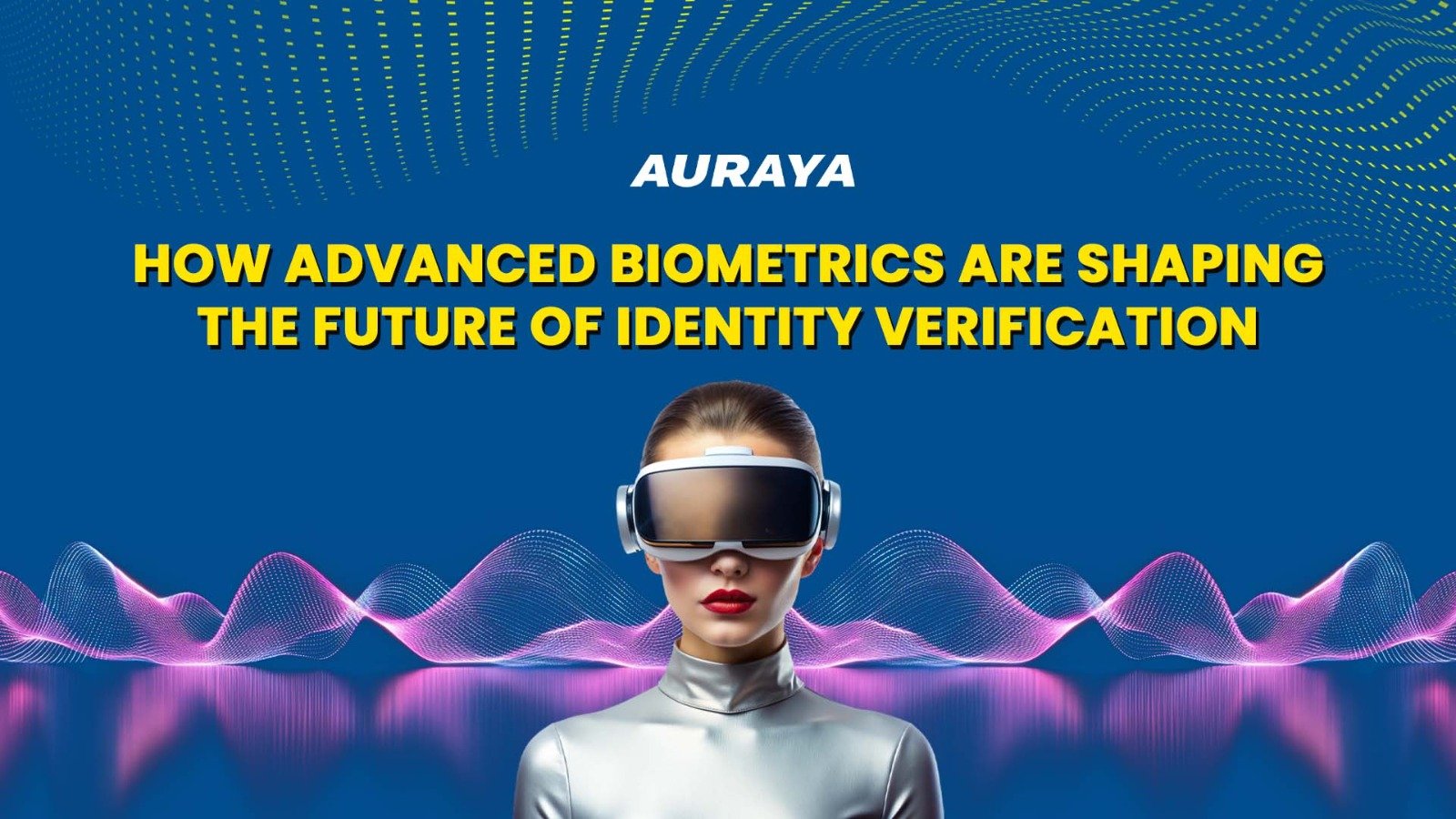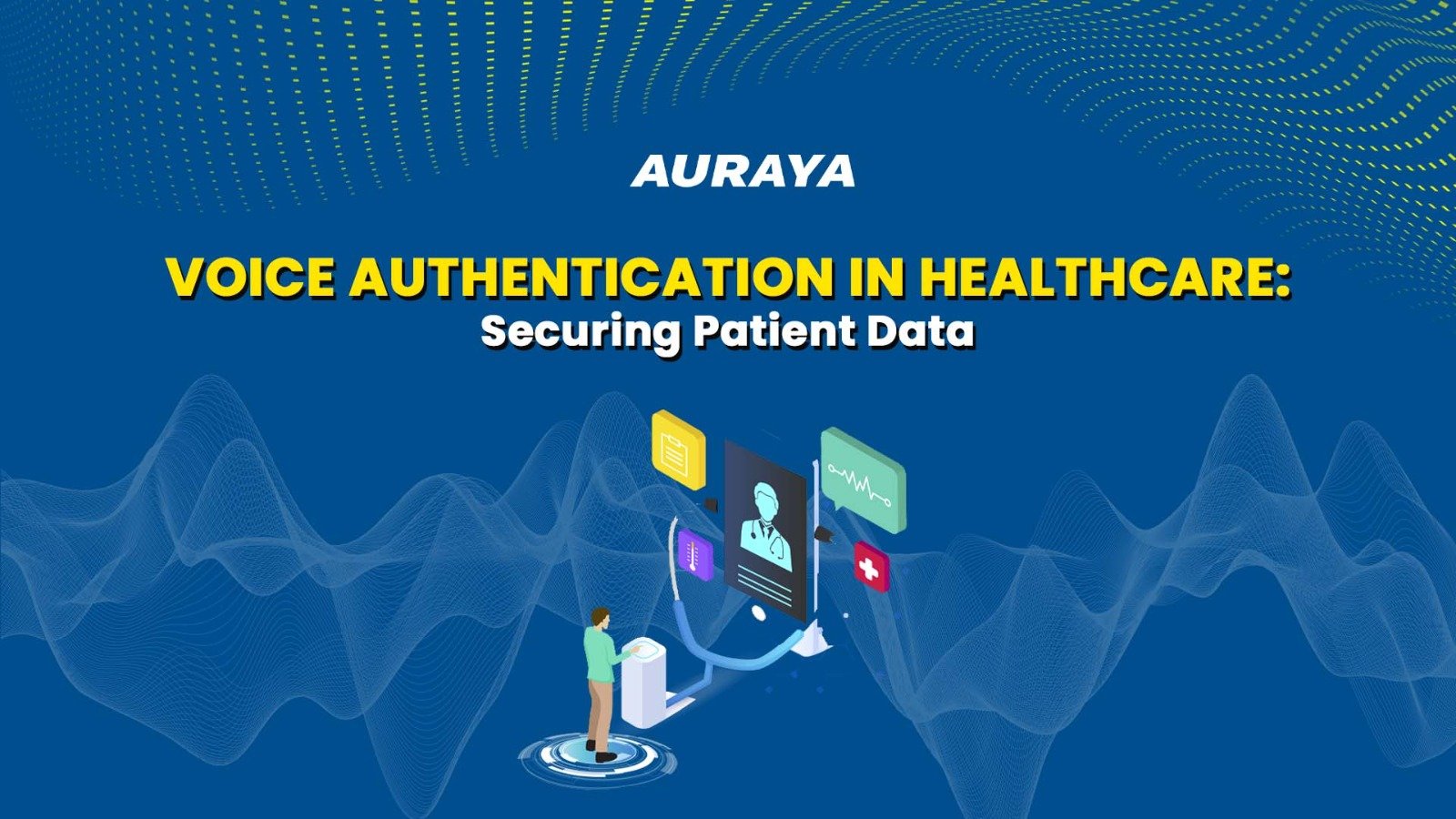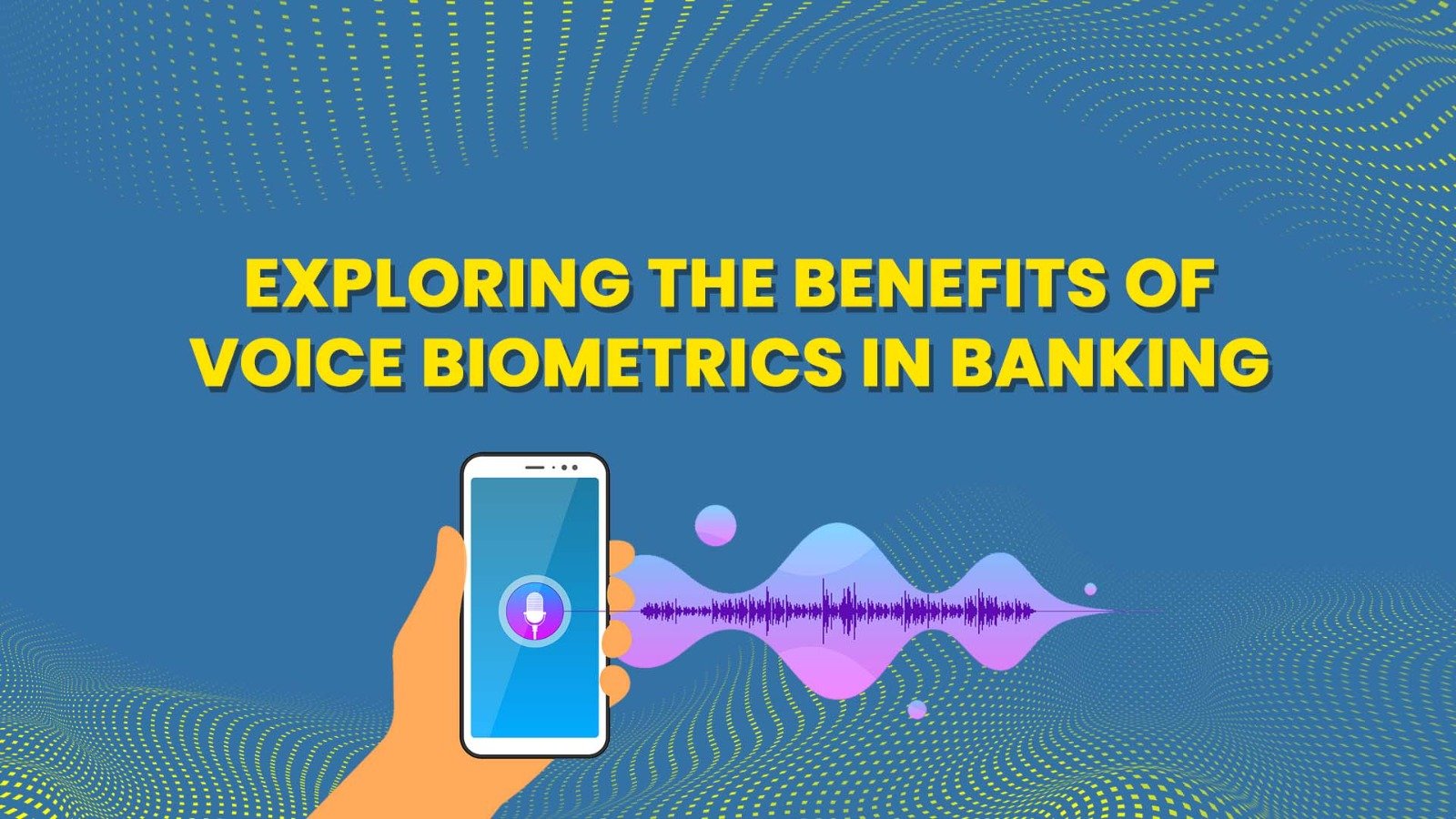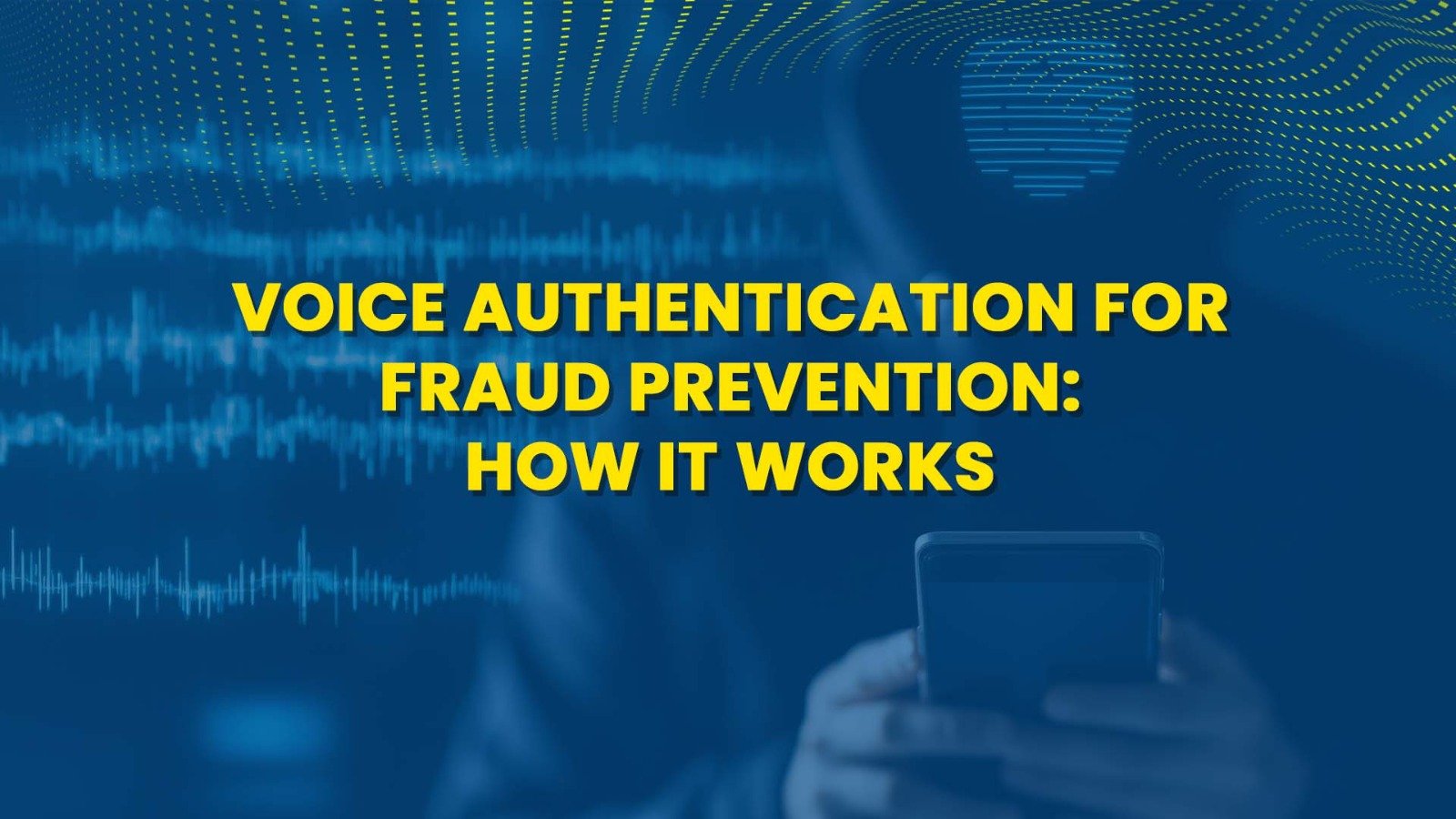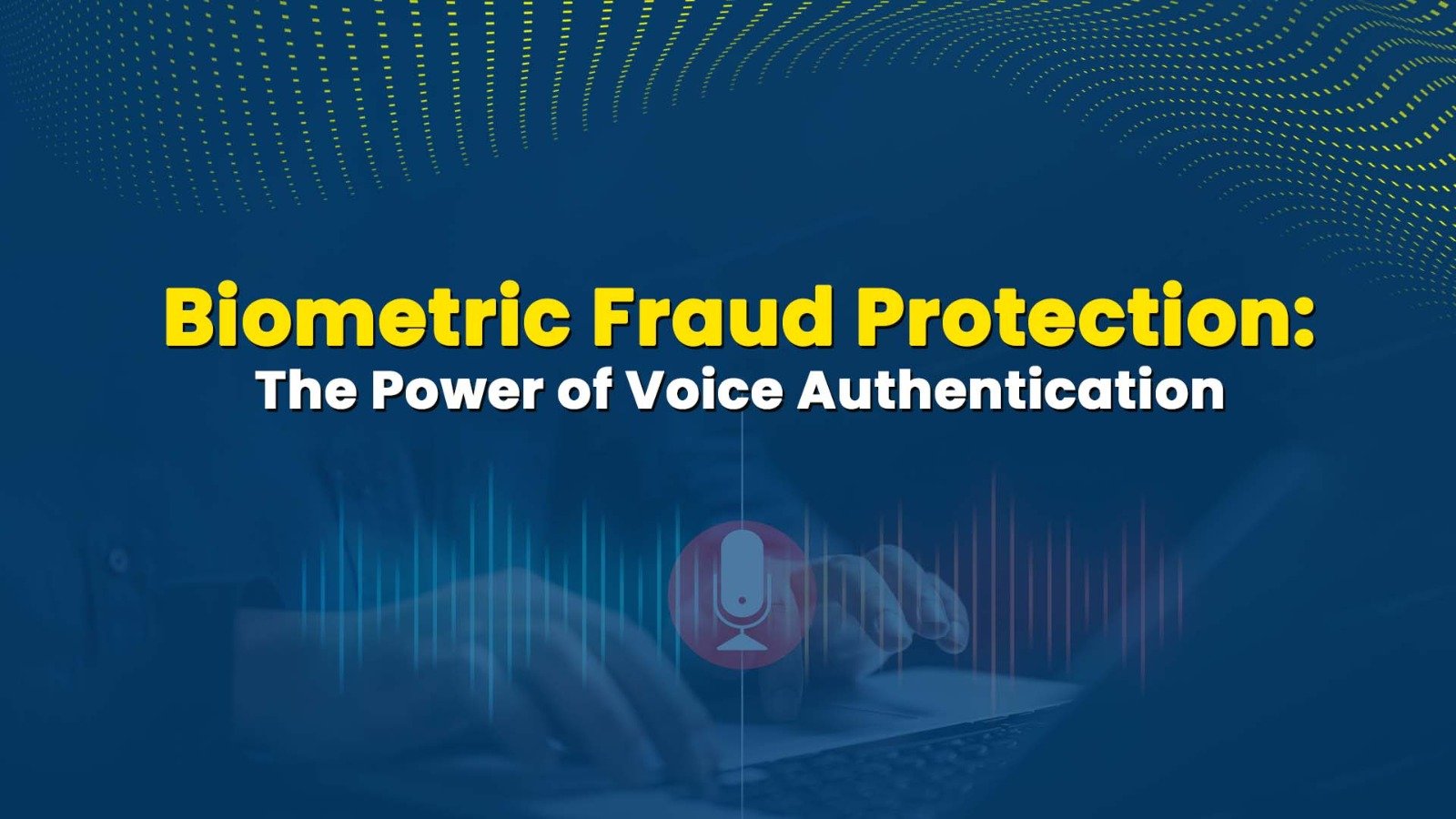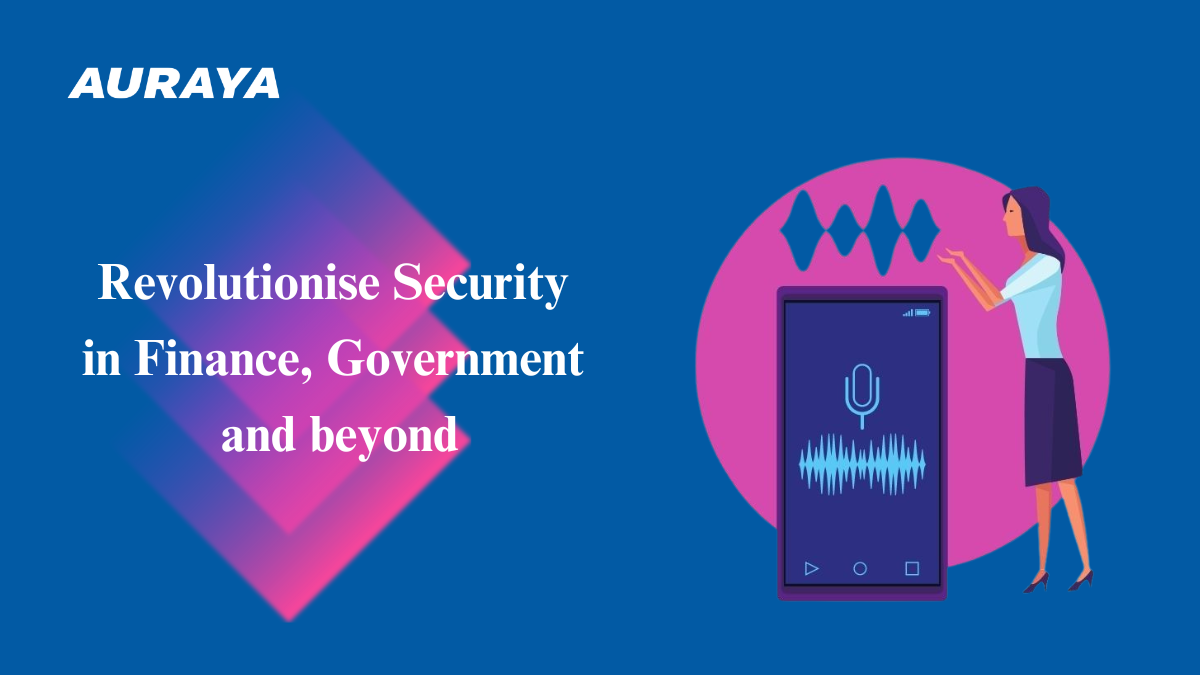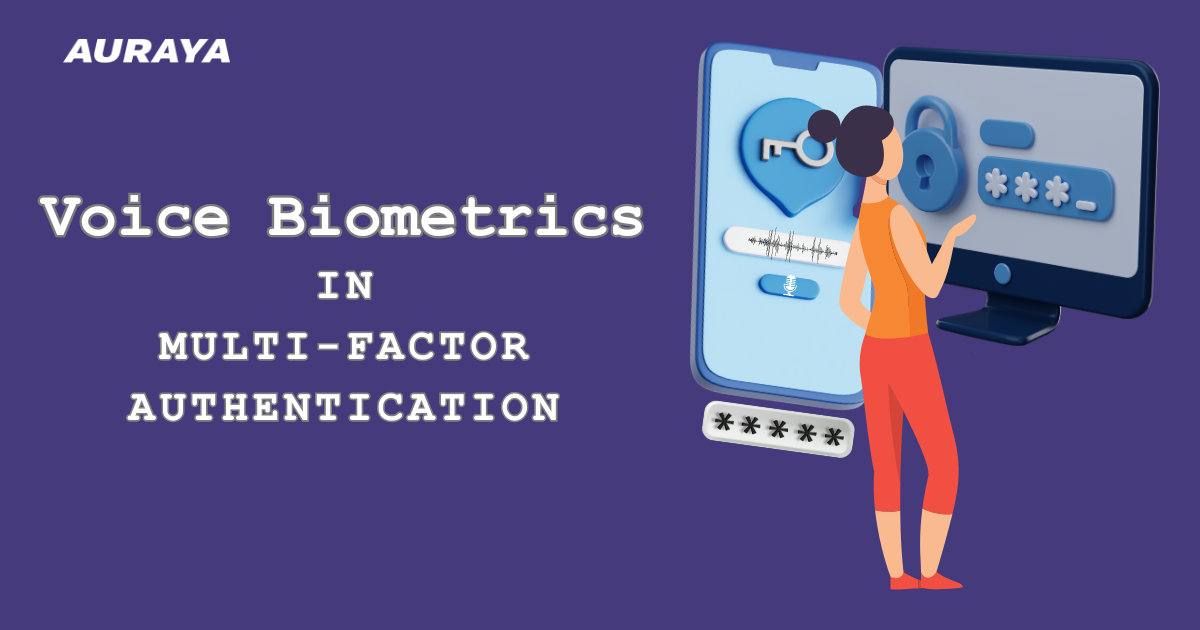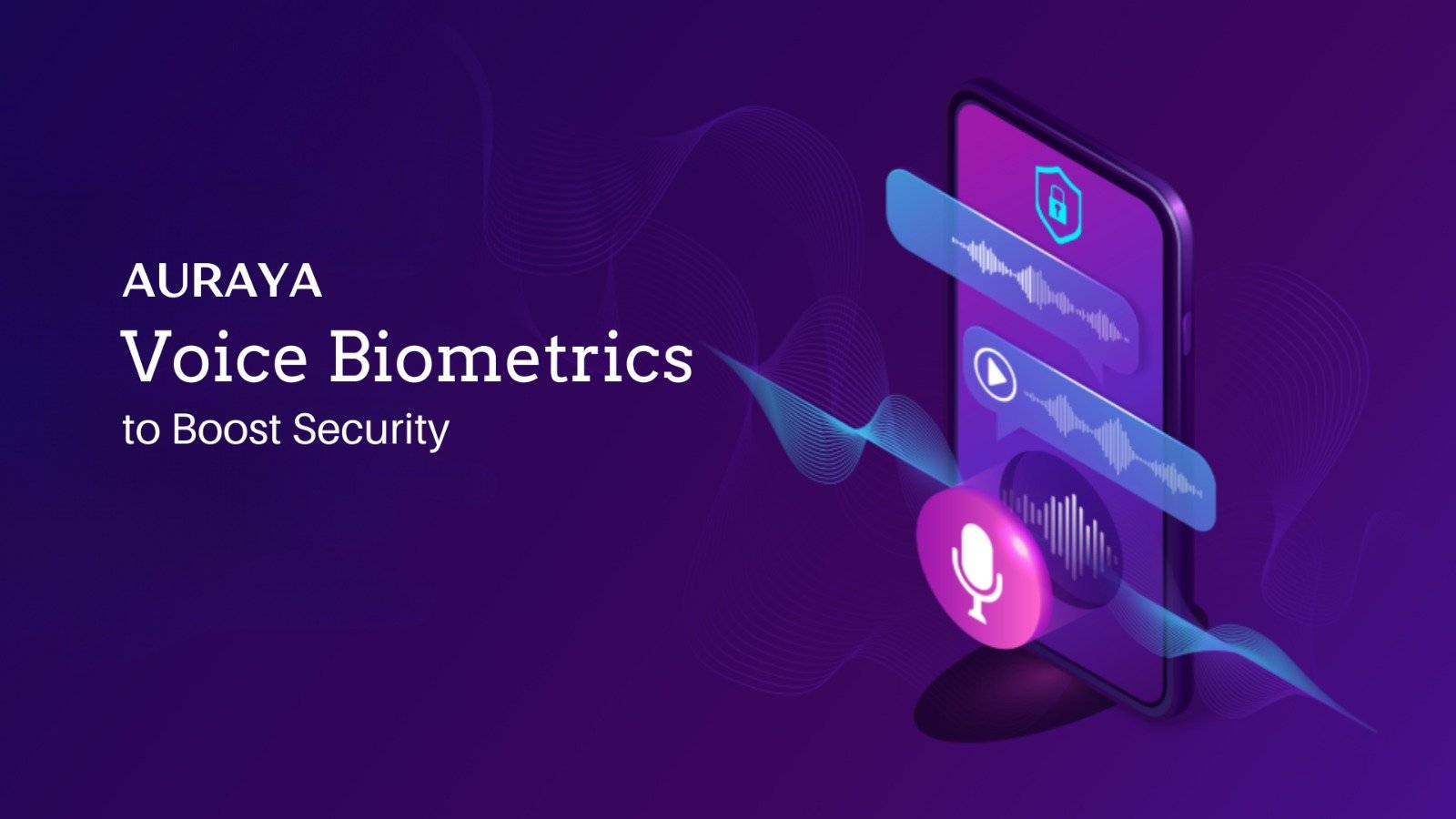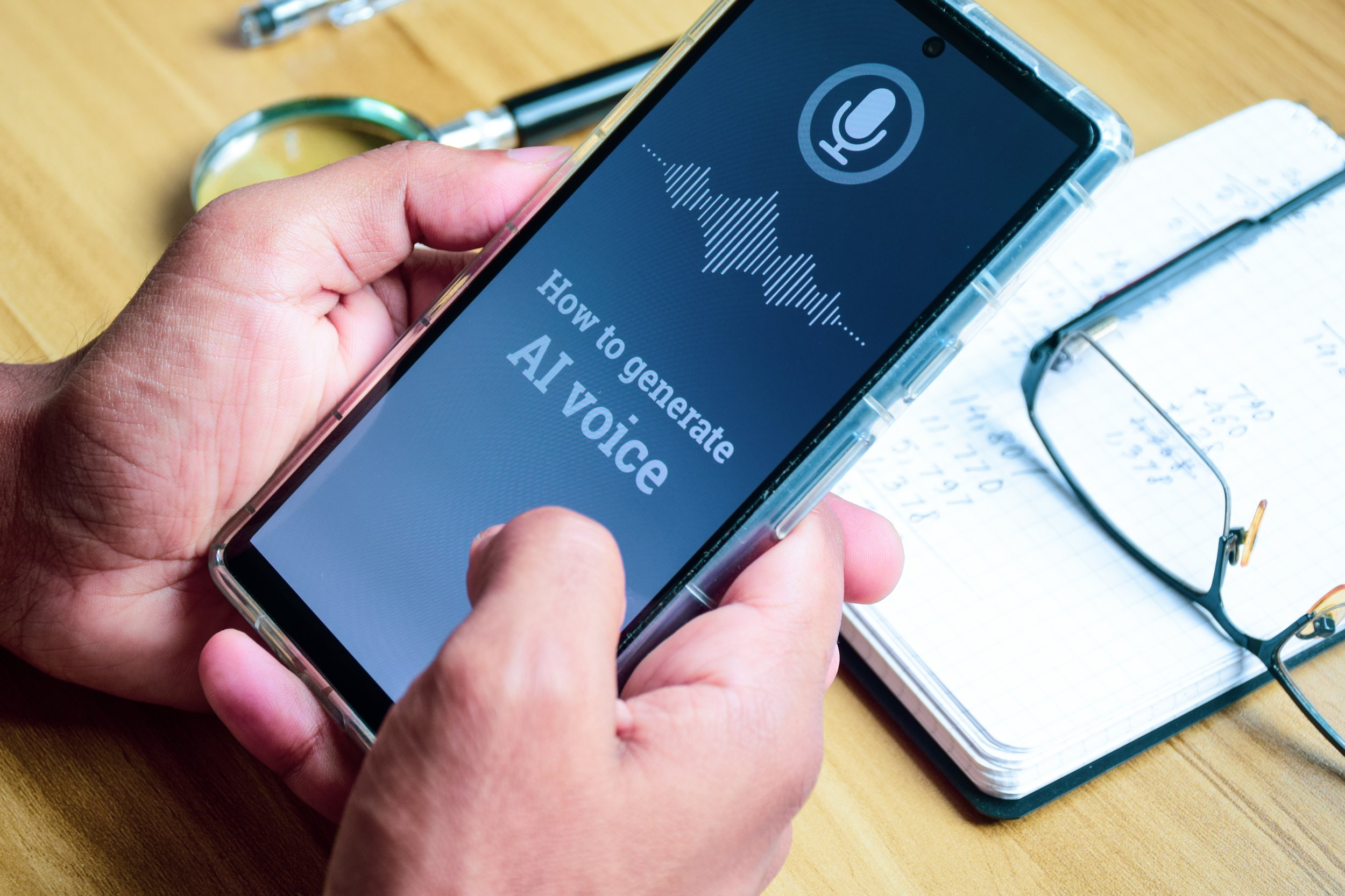Improving AHT and Expanding Self-Service Options with Voice Biometrics
The average handling time, or AHT for short, measures the average time it takes for agents to handle a call from start to finish. AHT includes the time spent speaking to the caller, time spent on hold while the agent gets information, and any time spent on post-call work.
It can be frustrating for both customers and agents when the overall handling time is longer than expected. Customers dread the lengthy hold times before they can speak with an agent and long AHT means all callers have to wait longer to get served. Long AHT adds pressure on agents to complete post-call work. Lengthy handling times can significantly affect customer satisfaction as customers get more impatient the longer they wait to speak with an agent.
Simply aiming to reduce the AHT may not directly improve customer satisfaction and is sometimes not the correct answer. Reducing AHT could negatively impact customer satisfaction as organizations may attempt to cut corners or pressure agents to rush their job to ensure KPIs are met. Therefore, organizations should focus on improving their agent handling efficiency rather than simply reduce the average time.
One way organizations can do this is by streamlining some of the services in the IVR. If more customers get effective personalized self-service options, agents have more time to better serve customers that need to discuss complex issues with a skilled agent. While some routine tasks can be easily served in the IVR, others that involve collecting the customer’s account details require automated identity verification to ensure that the customer engaging in the IVR is the rightful owner of the account.
With Auraya’s EVA voice biometric technology, organizations can achieve this and improve the security and user experience in the IVR as well. To verify the identity of customers in the IVR, organizations simply ask the customers to speak a specific phrase such as their phone or account number. This phrase is crossmatched against the customer's stored voiceprint and their phone or account number is checked against the records. If the system deems that the customer’s details were correct and the EVA returns a positive verification result, then the customer has been verified successfully and can be offered personalized self-service options. Verifying in the IVR with EVA also means that agents can save time by eliminating the manual verification process as the customers have already been verified in the IVR and the agent desktop will display the customer details.
What sets EVA apart from other voice biometric technology is Auraya’s patented processes. Organizations can expect consistent, superior security performances via Auraya’s patented processes such as its speaker-specific background model and individually set security thresholds. These processes ensure that every customer's voiceprints are tuned with accuracy and consistency. EVA also offers flexibility in voiceprint types, that is, organizations can use either text-dependent, text-independent, text-prompted, or digit-independent tokens as well as use any language in any channel.
Adding EVA into an organization’s IVR is only a small part of improving agent handling times, however, the benefits it provides are much larger. Connect with Auraya today and explore how EVA can help your organization’s agent handling time and provide a more efficient, secure, and delightful customer experience in the IVR.



